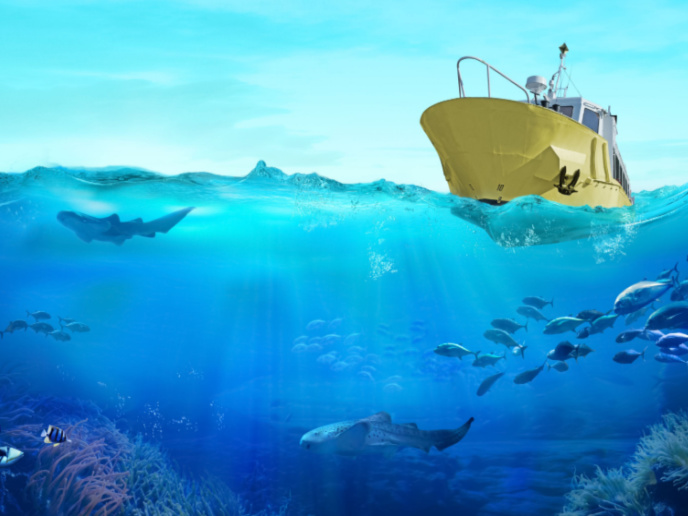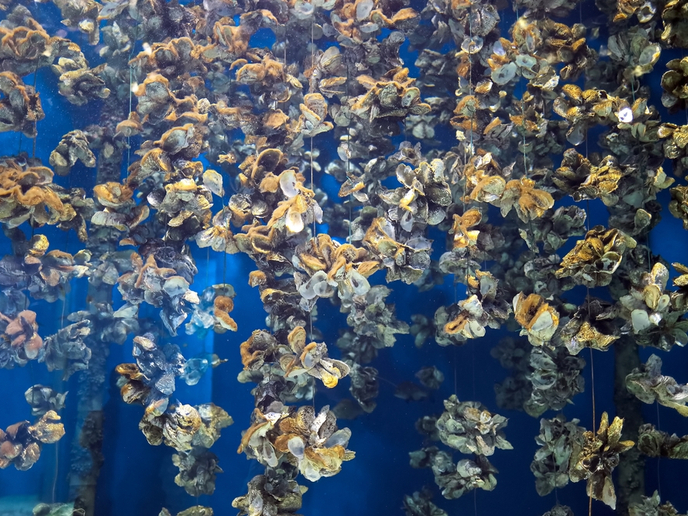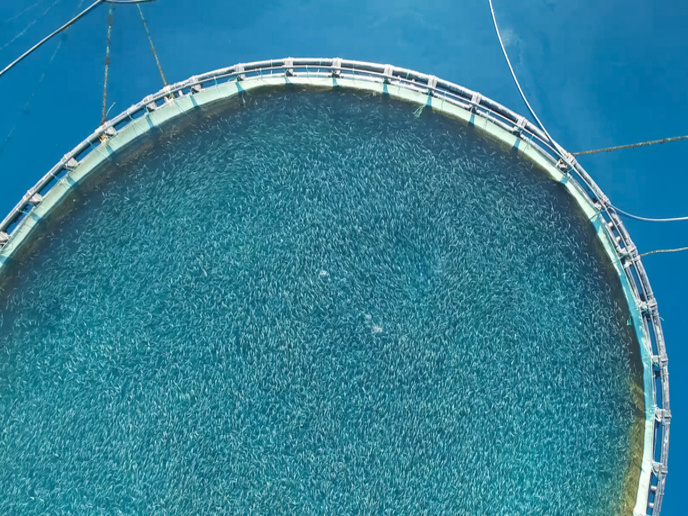The next level in European finfish breeding
Breeding schemes for the main European finfish species vary with respect to size, structure and technological level. There is a tendency towards genetic improvement of farmed finfish to increase aquaculture efficiency and profit. The EU-funded FISHBOOST (Improving European aquaculture by advancing selective breeding to the next level for the six main finfish species) project, a collaborative research effort with industry, considered the main components of breeding programmes for Atlantic salmon, common carp, European sea bass, gilthead sea bream, rainbow trout and turbot. FISHBOOST brought together leading scientists from 14 institutions and 11 companies. As project coordinator and senior scientist at Nofima, Dr Anna Sonesson explains, "the main goal of FISHBOOST was to improve the efficiency and profitability of European aquaculture by advancing selective breeding to the next level for each of the six main finfish species through collaborative research with industry." Innovative tools for fish breeding In commercial aquaculture, diseases caused by viruses, parasites or bacteria have a major economic impact and result in mortality or reduced productivity, or necessitate costly treatment. Moreover, disease outbreaks negatively affect fish welfare, and if the marine and freshwater environments are affected, they threaten wild fish populations. FISHBOOST investigated genome-wide genetic markers for disease, undertaking the largest genotyping-by-sequencing study of aquaculture species in the world, to date. Researchers generated single-nucleotide polymorphism marker databases and genetic linkage maps, and calculated estimates of heritability for diseases for the most common finfish. A genetic epidemiology study on turbot demonstrated that variation in disease resistance can be expressed in terms of tolerance, resilience and infectivity. Mapping the genetic variation allowed scientists to select species with enhanced disease resistance, thereby improving existing aquaculture breeding programmes. The project also validated and implemented lipid-related traits as production efficiency indicators such as fillet yield. These lipid-related traits serve to genetically improve winter survival in common carp. Furthermore, selective breeding for feed development allows selection of fish genetically capable of adapting to challenging diets that involve increasing amounts of multiple ingredients. Using the FISHBOOST data sets, genomic methodologies increased fish selection accuracy by up to 22 %, compared to traditional practices. Furthermore, the genomic selection methods specific to each of the six species provided economic benefits. FISHBOOST also developed the BASEPOP software for selecting individuals for new aquaculture breeding programmes, while the FISHBOOSTSEL tool maximised genetic gain by helping assign matings to different tanks. The future of selective breeding The project successfully highlighted to stakeholders and fish farmers the importance and usefulness of selective breeding in achieving sustainable aquaculture. Through novel tools and traits included in the breeding objective, researchers emphasised the need for exploiting the biology and genetics of the species with maximum breeding potential. Improving breeding practices, adapting methods to new standards and including new traits is the way forward for a sustainable and profitable aquaculture industry. Importantly, the FISHBOOST tools have the potential to improve fish welfare by reducing disease outbreaks, while higher productivity may lead to reduced prices for aquaculture products. Dr Sonesson is hopeful that "the industry will implement the FISHBOOST-generated knowledge and tools to improve aquaculture production".
Keywords
FISHBOOST, aquaculture industry, fish, selective breeding, genomics, disease resistance







